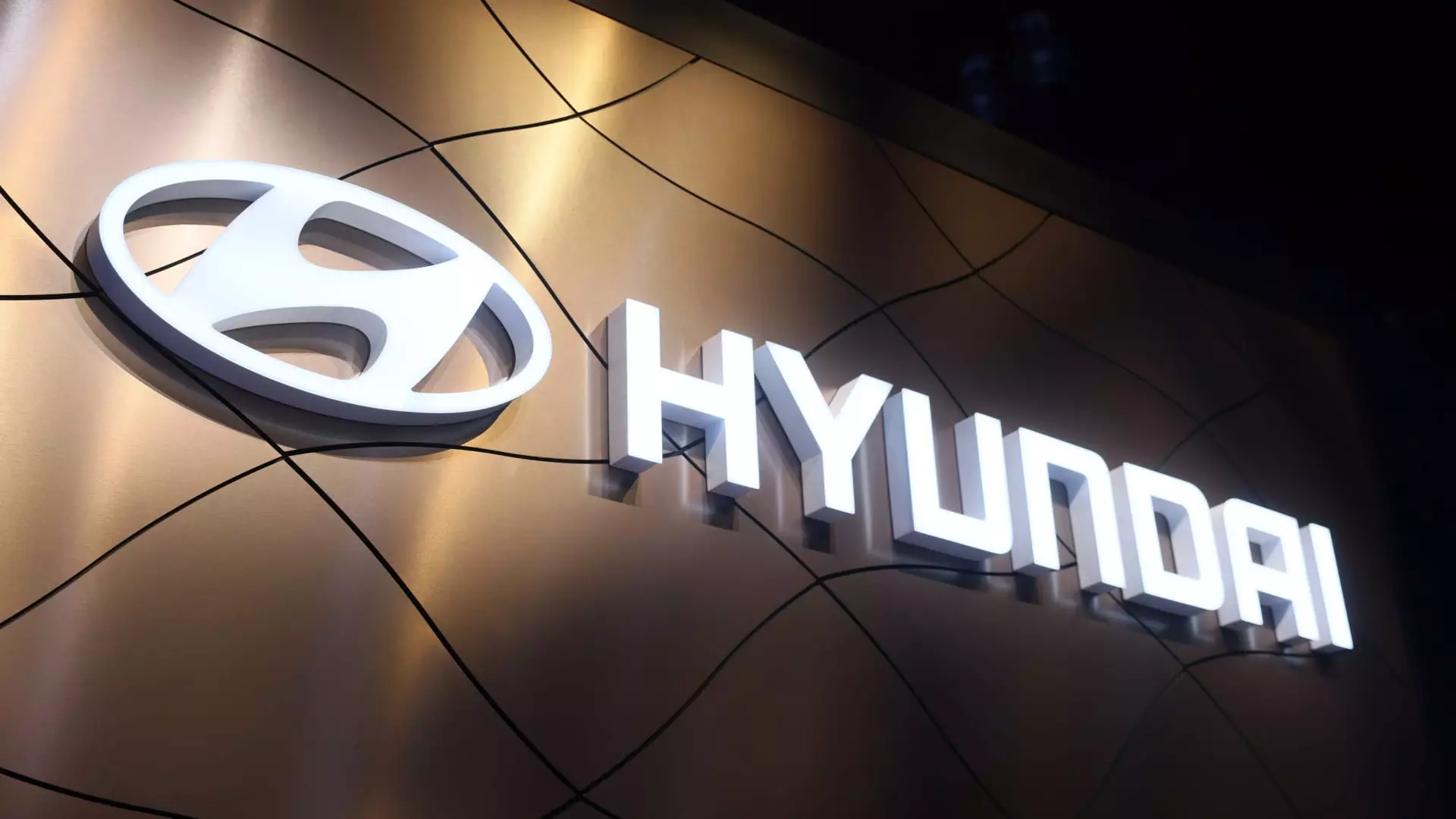In a significant move for automotive safety, Hyundai Motor North America has announced a recall affecting over 42,000 vehicles, including the 2025 Hyundai Santa Cruz and Hyundai Tucson models. This decision comes after a critical wiring defect was identified, prompting concerns over vehicle safety and uncontrolled movement. This article explores the implications of this recall, the complexities involved, and the broader context surrounding Hyundai’s safety protocols.
The Nature of the Recall
According to the National Highway Traffic Safety Administration (NHTSA), the particular issue arises from a malfunction in the vehicles’ transmission systems that allows them to shift out of “park” without the driver applying the brake pedal. This defect poses a clear danger, as it could lead to unintended rollaway incidents, significantly increasing the risk of accidents or injuries. The recall affects every unit of the 2025 Santa Cruz and Tucson available in the U.S.—over 35,500 Tucson and approximately 6,900 Santa Cruz vehicles—representing about 1% of the total vehicle population.
With retail prices starting at over $33,000 for the Santa Cruz and more than $28,000 for the Tucson, this recall not only puts potentially hazardous vehicles back into the spotlight but also questions the safety measures in place during the developmental stages of these models. As both vehicles continue to be marketed as reliable and safe, the revelation of such faults raises concerns about quality control and manufacturing practices.
While referring to the recall, the NHTSA has advised vehicle owners that they can continue to operate their vehicles for the time being, but with the crucial caveat of using the parking brake whenever parked. This temporary measure highlights the urgency of addressing the wiring issue while also reinforcing the importance of proactive safety practices among drivers.
Hyundai has promised to rectify the situation by rerouting the console extension wiring assembly at no cost to the vehicle owners. However, the timeline for remedying this defect stretches into January 2025, when notifications will begin to be mailed to impacted vehicle owners—an unsettling wait for those concerned about their safety.
The initial discovery of this defect occurred in late October, when the North American Safety Office learned of a corporate fleet vehicle moving on its own. This alarming report led to an investigation that unveiled a more widespread wiring problem affecting other model types, including the Santa Cruz. Following a systematic review, the North America Safety Decision Authority formally issued the recall on November 13, emphasizing their commitment to safety and public welfare.
Importantly, Hyundai has stated that, to date, there have been no reports of injuries, deaths, or crashes related to this specific fault. Yet, the existence of such a defect raises alarm bells about the thoroughness of pre-release safety checks and the oversight process within Hyundai’s manufacturing operations.
This recall is not an isolated incident. Hyundai has recently dealt with another significant recall, encompassing over 145,000 electric Genesis and IONIQ vehicles. This time, the concern revolved around potential damage to the integrated charging control units, which, if failed, could halt the vehicle’s ability to charge properly. Here again, Hyundai has pledged to inspect and, if necessary, replace components without any financial burden placed on the affected owners.
The frequency of recalls, particularly within a short time frame, raises critical questions about Hyundai’s engineering processes, quality assurance protocols, and commitment to customer safety. In an era where consumer confidence can significantly impact brand loyalty and sales figures, Hyundai’s response to these issues will test its reputation in the automotive market.
Hyundai’s most recent recall is a vital reminder of the inherent risks in modern automotive design and manufacturing. The identified wiring issue not only poses significant safety concerns for thousands of vehicle owners but also has implications for Hyundai’s overall reliability and consumer trust. As the company navigates these challenges, its approach to rectifying these defects while maintaining transparency and prioritizing customer safety will be critical in shaping its future trajectory in the automotive industry. The automotive world continues to watch closely as Hyundai addresses these pressing safety issues.


Leave a Reply